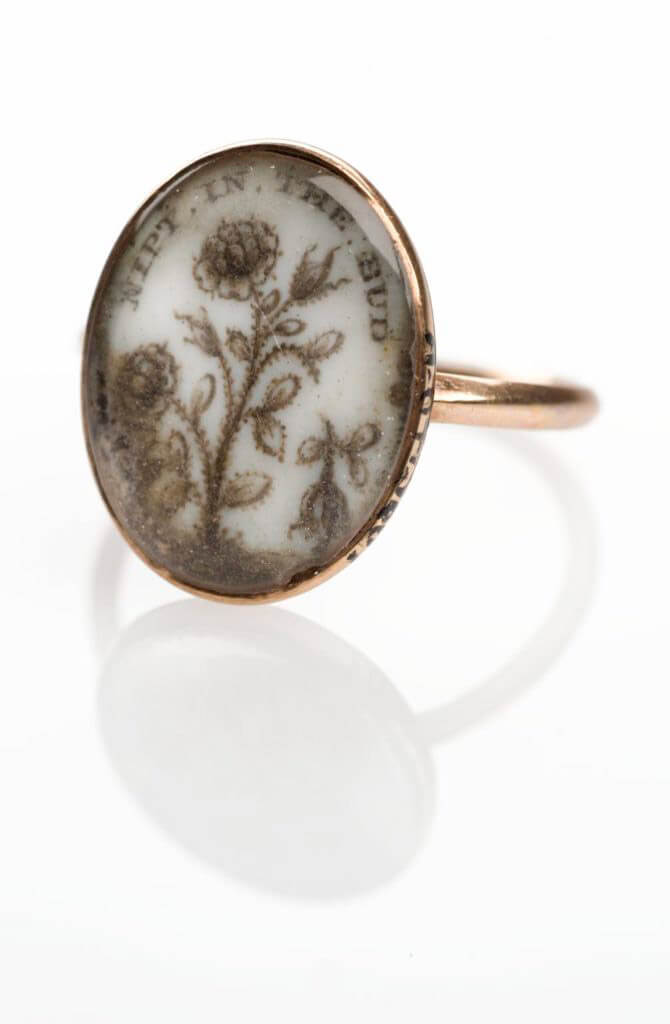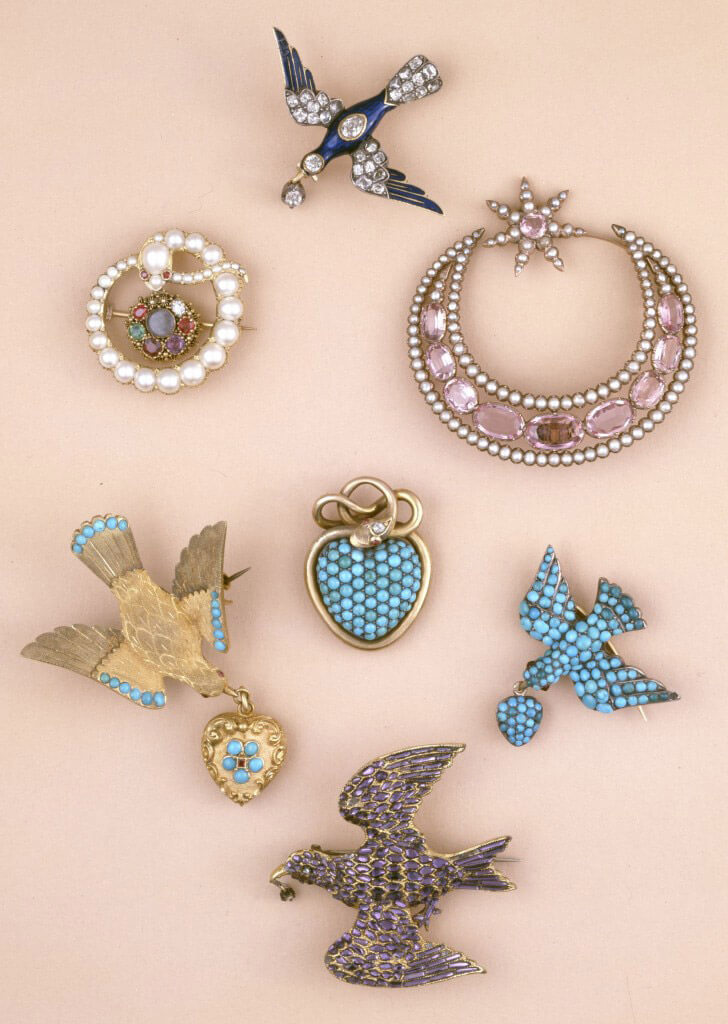Symbolism, The Acanthus
Whether you like it or not, there’s a very good chance that you and your ancestors have interacted with the Acanthus in one form or another. Don’t believe me? Well, just because you’re sitting at home and enjoying your Sunday doesn’t mean you have to be so contentious! Oh, all right, the acanthus is one of the most heavily used plants in decoration – if you’ve seen a Corinthian column, then you’ve more than likely seen the leaves as decoration. Own one of those fabulous Rococo Victorian Revival pieces of jewellery that I’m always harping on about with their ‘flourishes’? There you go.
So, from this, we know that it was a staple of Greek architecture and art, adopted by the Romans, carried through Byzantine architecture and revived for the Romanesque movement. You can find acanthus leaves decorating Medieval manuscripts and wood carvings, so there were quite few periods of art since that haven’t been touched by this magical plant at one stage or another.
When it comes to funerary art, the acanthus symbolises the heavenly garden. It is one of the oldest cemetery motifs, acanthus is associated with the rock ground where most ancient Greek cemeteries were placed.
But what about jewellery? Well, I’ve breezed through its importance in classical art, so it’s only natural that it would make an appearance during the Revival Periods, but it’s a form of embellishment that could be translated in gold to frame almost any style in between. The more stolid Gothic Revival of the early 19th century (look to around 1830-50) even had the acanthus used as a motif (though quite a lot smaller), and why not? It was used during the original Gothic period in one manner or another, so for as long as there has been a mourning industry, this design has made appearances. Though, whereas in the Neoclassical Period, you’ll see it used less in the gold work and more in the painted symbolism, it was still around. For the early 19th century Regency era, it was used less so, as cleaner, straight lines ruled the day, but when there was cross-pollination with the Rococo period of the 1740s (styles were never killed off completely), then you’ll find it used as an embellishment here and there. By the mid-19th century Rococo Revival, then it made its full bloom once again.







